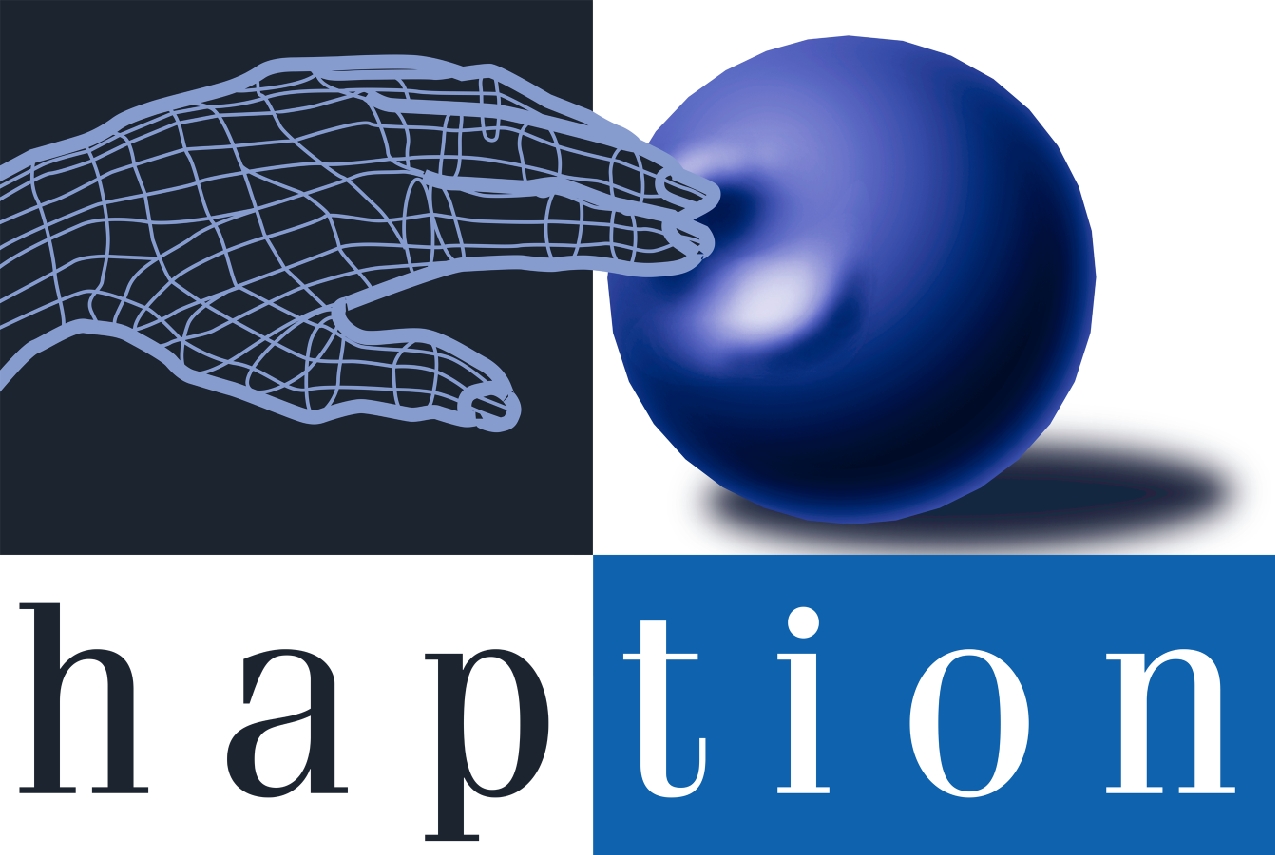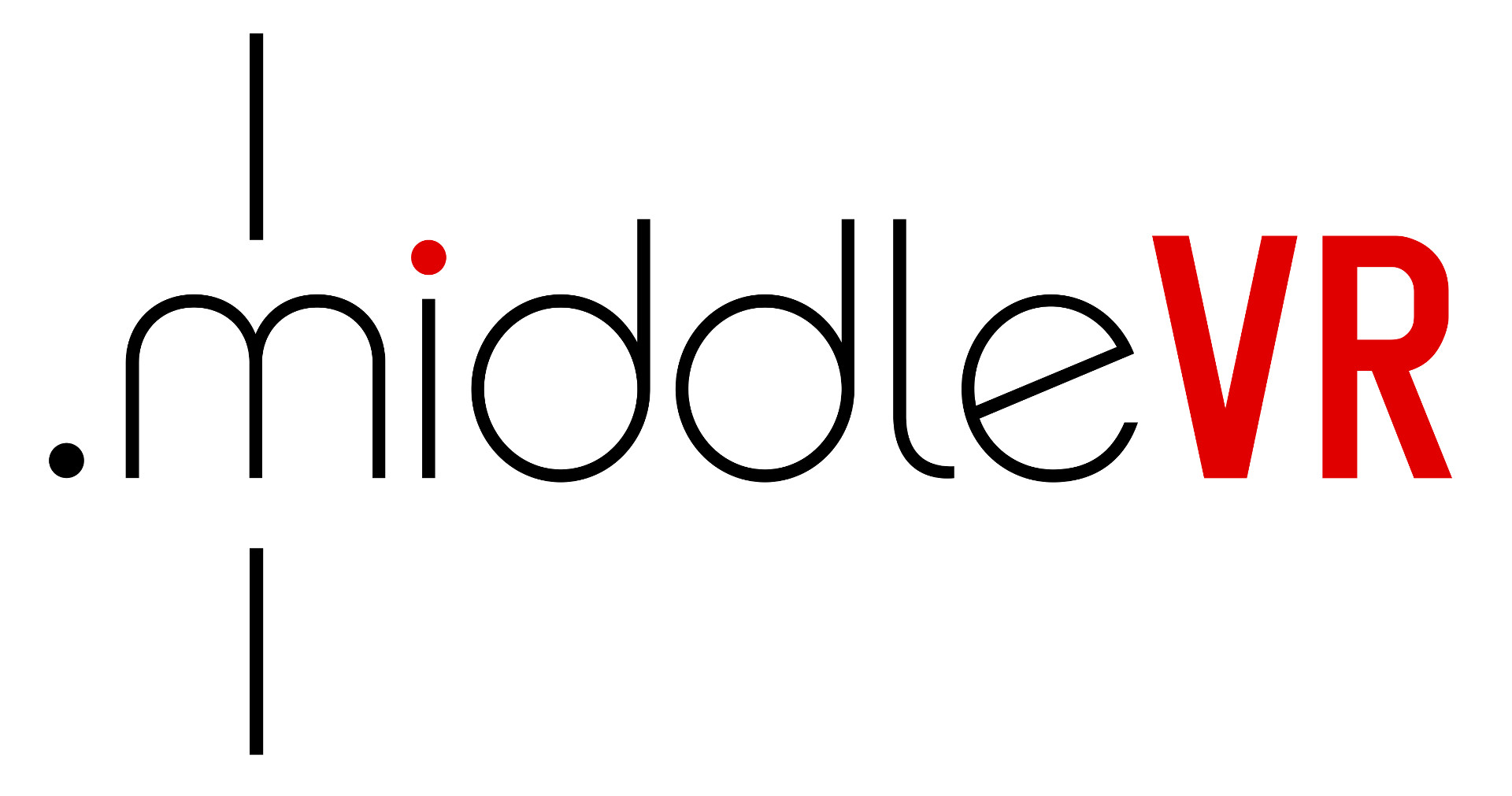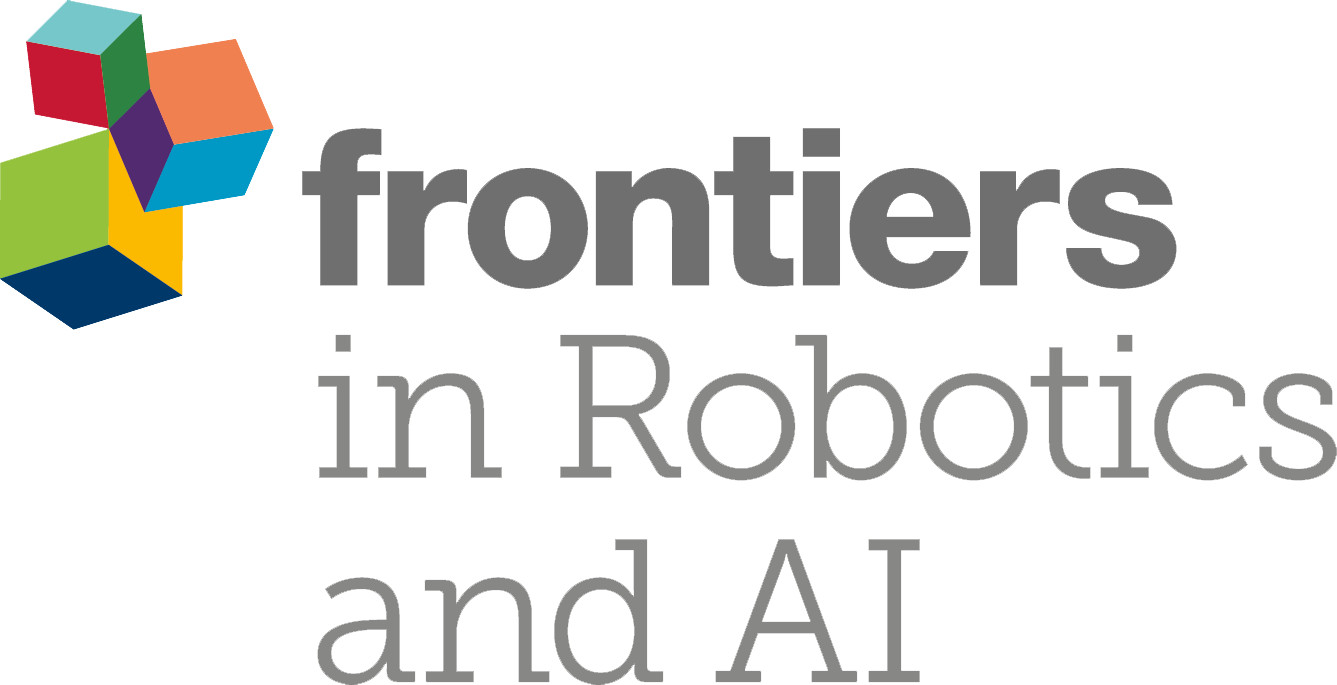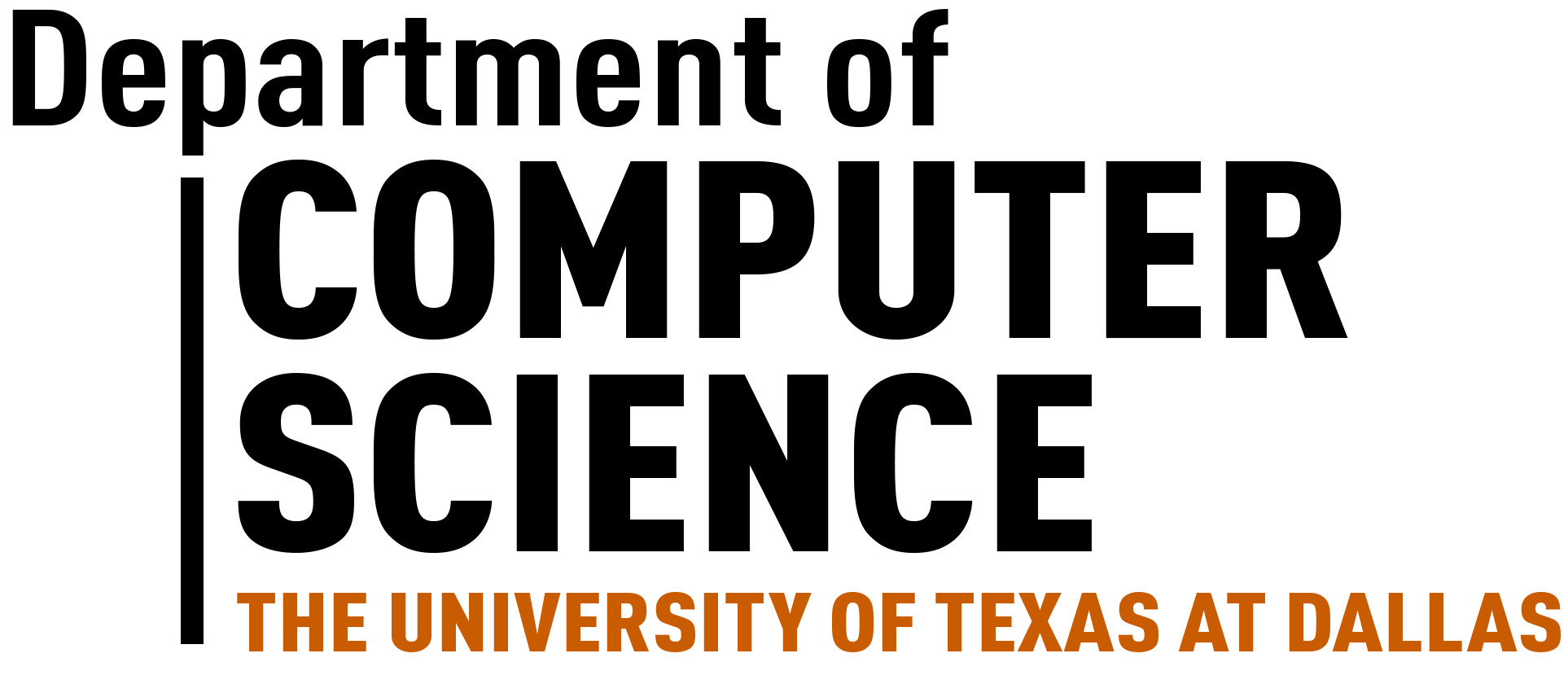Keynotes
Monday |
Wednesday |
|
9:00am - 10:00am Opening Keynote |
3:30 - 4:30 Capstone Keynote |

Tobias Höllerer
Professor, University of California, Santa BarbaraNotes on Virtual and Augmented Reality
Monday, March 20, 9:00am - 10:00am
VR and AR hold enormous promises as paradigm-shifting ubiquitous technologies. The investment in these technologies by leading IT companies, as well as the buy-in and general excitement from outside investors, technologists, and content producers has never been more palpable. There are good reasons to be excited about the field. The real question will be if the technologies can add sufficient value to people’s lives to establish themselves as more than just niche products. My path in this presentation will lead from a personal estimation of what matters for adoption of new technologies to important innovations we have witnessed on the road to anywhere/anytime use of immersive technologies. In recent years, one track of research in my lab has been concerned with the simulation of possible future capabilities in AR. With the goal to conduct controlled user studies evaluating technologies that are just not possible yet (such as a truly wide-field-of-view augmented reality display), we turn to high-end VR to simulate, predict, and assess these possible futures. In the far future, when technological hurdles, such as real-time reconstruction of photorealistic environment models, are removed, VR and AR naturally converge. Until then, we have a very interesting playing field full of technological constraints to have fun with.
Bio
Tobias Höllerer is Professor of Computer Science at the University of California, Santa Barbara, where he co-directs the Four Eyes Laboratory, conducting research in the four I’s of Imaging, Interaction, and Innovative Interfaces. Dr. Höllerer holds a Diplom in informatics from the Technical University of Berlin as well as an MS and PhD in computer science from Columbia University. He is a recipient of the US National Science Foundation’s CAREER award, for his work on “Anywhere Augmentation”, enabling mobile computer users to place annotations in 3D space wherever they go. He was named an ACM Distinguished Scientist in 2013. Dr. Höllerer is co-author of a recent textbook on Augmented Reality, as well as over 150 peer-reviewed journal and conference publications in the areas of augmented and virtual reality, information visualization, 3D displays and interaction, mobile and wearable computing, and social computing. Several of these publications won Best Paper or Honorable Mention awards at such venues as the IEEE International Symposium on Mixed and Augmented Reality (ISMAR), IEEE Virtual Reality, ACM Virtual Reality Software and Technology, ACM User Interface Software and Technology, ACM MobileHCI, IEEE SocialCom, and IEEE CogSIMA. Dr. Höllerer is an associate editor of IEEE Transactions on Visualization and Computer Graphics, and served as program chair for IEEE VR 2015 and 2016, ICAT 2013, IEEE ISMAR 2010 and 2009, as general chair of IEEE ISMAR 2006, and as member of the steering committee of IEEE ISMAR.

David A. Smith
CEO, Wearality CorporationA Perspective from the Long View: 35 Years in VR
Wednesday, March 22, 3:30 - 4:30pm
I have been working in VR and interactive 3D for a long time. I have had the pleasure of knowing and working with many of the people that are directly responsible for creating the magic in the world that we live in today. These are the people that started with a virtual blank page and created their own reality. Their vision defined a vector into their future that we have had the privilege of extending into ours. Knowing where this vector started gives us an incredible perspective on where it is today and where it is going. I will describe my personal journey along this vector over the last 35 years, demonstrate a few things I am working on today, and speculate about where this vector into the future may take us.
Bio
David A. Smith is a computer scientist and entrepreneur who has focused on interactive 3D and using 3D as a basis for new user environments and entertainment for over thirty five years. His specialty is system design and advanced user interfaces. He is a pioneer in 3D graphics, robotics, telepresence, artificial intelligence and augmented reality (AR). He creates world-class teams and ships impossible products. He built his first VR head wearable in 1982, using it as part of a telepresence platform used to remotely control a PUMA 560 robot arm.
Smith is the CEO and Founder of Wearality Corporation. Wearality manufactures and markets wide field of view lenses for VR that Smith invented while he was Chief Innovation Officer and Senior Fellow at Lockheed Martin MST. At Lockheed Martin he was focused on next generation human centric computing and collaboration platforms as well as hardware for VR. Before joining Lockheed Martin, Smith was the chief architect of the Croquet Project, an open source virtual world collaboration platform where he worked with Alan Kay (Turing Award winner). He was later CTO and co-founder of Teleplace, Inc. providing a collaboration platform developed specifically for enterprises based on Croquet.
In 1987, Smith created The Colony, the very first realtime 3D adventure game/shooter and the precursor to today’s first-person shooters. The game was developed for the Apple Macintosh and won the “Best Adventure Game of the Year” award from MacWorld Magazine. Smith founded Virtus Corporation in 1990 and developed Virtus Walkthrough, the first real-time 3D design application for personal computers which won the very first “Breakthrough Product of the Year” from MacUser magazine. Smith also co-founded Red Storm Entertainment with author Tom Clancy and came up with the idea for the Rainbow Six computer game.



















